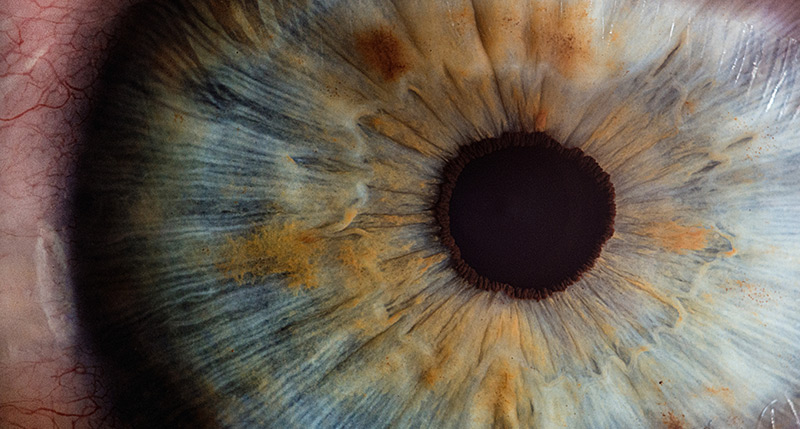Scratched Cornea? What to Do―and What Not to Do
July is Eye Injury Prevention Month, which makes it the perfect time to highlight one of the most common eye injuries, corneal abrasions.
What are Corneal Abrasions?
If you’ve ever scratched your cornea (the front surface of the eye that focuses light so you can see clearly), there’s no doubt you’ll know it: The cornea is full of nerve endings ready to alert your brain as soon as something foreign enters your eye, so even a tiny corneal abrasion can be extremely painful. If you’ve ever had an eyelash fall into your eye, you know how intense sensations in your eyes can be—that tiny intruder feels like a giant branch poking you in the eye.
But unlike a rogue eyelash, corneal abrasions involve actual damage to the surface of the eye, which means the pain is there until the scratch heals. Because the eyelid grazes over the abrasion every time you blink, healing can take up to a week, and during that time, you’re likely to experience additional symptoms such as redness, tearing, increased sensitivity to light, headache, or blurry or decreased vision. Sometimes these additional symptoms kick in right away, and sometimes symptoms don’t increase until several hours after the injury.
What causes a Corneal Abrasion?
Generally, we’re quite skilled at keeping things out of our eyes. Our eyelashes help protect the eyes, and our tears readily wash out most of the tiny bits that make it past our eyelashes and eyelids. Still, there are countless ways to get a corneal abrasion.
It doesn’t take a traumatic event, such as getting poked or hit in the eye, to cause an abrasion. Our daily lives pose plenty of potential culprits; anything from fingers or makeup brushes to pets or sports equipment can easily scratch the eye. And no ages are exempt: Kids can get corneal abrasions just as easily as adults, especially if they’re active outdoors where sand, dust and other small particles can easily enter the eye.
What to Do – and What Never to Do
If you do scratch your eye, it’s important to know what to do – and what to never do. Here’s a list of safe options should you experience a foreign object in your eye:
- DO rinse your eye with saline solution.
- DO blink.
- DO wear sunglasses if your eyes are sensitive to light.
- DO contact your optometrist immediately.
Though some of the “don’ts” on our list may seem counterintuitive, it’s best to steer clear of these tactics so as not to cause further damage or infection:
- DON’T rub your eye.
- DON’T touch your eye with anything like a Q-tip or tweezers.
- DON’T wear your contact lenses.
- DON’T patch the eye unless you’re instructed to do so by your optometrist.
What Your Eye Doctor May Do
Not only can a corneal abrasion impact your vision, it can also make your eye more susceptible to infection and other vision complications. If you’re experiencing eye pain or other symptoms, visit your eye doctor as soon as possible.
For minor abrasions, your optometrist may encourage the use of non-preserved lubricating drops to keep your eye moist and comfortable so it can heal on its own. You may also be given antibiotic eye drops or ointment to prevent infection during healing.
For more extreme cases, optometrists may also use a “bandage lens,” a special silicone contact lens designed to protect the eye, provide pain relief, and promote healing. While patients have shown notable improvement using these silicone lenses, technology continues to expand, and a new bandage lens made of amniotic membrane instead of silicone is also now available.
Once your eye doctor has examined your eye and has prescribed a treatment plan for your corneal abrasion, it is important to follow through with care and attend your follow-up appointments. In some cases, corneal abrasions don’t heal properly, which can lead to repeat occurrences and other complications that can impact your vision and comfort. Your optometrist will guide you on the best path to recovery.

